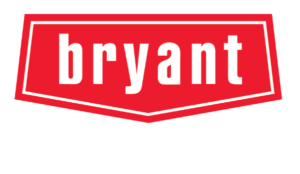GEOTHERMAL HEATING AND COOLING
Environmentally Responsible
Replacing your old conventional system thereby reducing your carbon footprint, geothermal is the equivalent of taking 2 cars off the road or planting an acre of trees.
Compared to ordinary heating and cooling systems, Geothermal can save you up to 70% in heating and cooling costs. Federal tax credits can save you up to 30% of the installation costs.
Transfer heat into the house during the winter and out in the summer also aiding in dehumidification. The ground loop utilizes the relatively consistent temperatures in the earth instead of the wildly fluctuating outdoor air temperatures.
What Is a Geothermal unit?
Geothermal heat units take heat from the ground and brings the heat into your home. Underground the temperature is usually about 55 degrees. This temperature stays constant no matter what the outside air temperature is. The geothermal heat pump is considered a high-efficiency heat pump that uses a ground heat exchanger. It provides heating and cooling to your home based on the heat transfers between the ground and the air. They have been used to heat homes since the 1940s. Some systems have dual speed compressors and fans to save on energy costs.
The geothermal heat pump equipment cost ranges from $3,000 to $8,000. Ground work is also required and can put the total investment for a functioning geothermal unit in the $15,000 - $20,000 plus range. While the geothermal heat pump cost may seem steep, the systems life expectancy is 12-15 years for all inside components and 50+ years for your geothermal loop. Simply put, a geothermal unit is a more environmentally friendly system as it doesn’t burn any fossil fuels and it uses electricity in a way that other systems don’t. This makes it use less electricity to heat or cool your home. The geothermal cost comparison to other heating and cooling units makes having a geothermal system a smart choice. While the initial cost may be higher, the savings on your energy bill will more than make up for it.
What Is A Geothermal Loop?
Loops - absorb heat for heating or reject heat for cooling utilizing the relatively consistent temperatures in the earth instead of the ever changing outdoor air temperatures.
Loop buried in yard, pond or wells circulate an antifreeze solution to the heat pump transferring heat into the home during the winter months and removing heat, thus cooling, during the summer months.
Horizontal loops are made up of piping bored under the ground like cabling is now laid underground. If you have a large landscaped lot the damage is minimized with the advanced boring equipment. If your home is of new construction, trenches can be dug to bury the loop into.
Vertical loops are used when there is less land available to spread the loop out. Holes are drilled to a specific depth like water wells are dug, to run the pipes through. Due to winter temperatures and frost lines this may be better suited to our area.
Pond loops can be used even if the surface regularly freezes. The ponds provide latent solar energy. The pond water is not used at all. The loop or plate type heat exchanger is laid on the pond floor and the water is only there for heat absorption in the winter and for heat rejection in the summer. Ponds need to be a minimum of a half acre and at least 10 feet deep with the only digging required being the trench to the pond from the house.
Horizontal, Vertical, and Pond loop systems are all Closed Loop Systems, recirculating a refrigerant fluid. There is no water entering the system.
Open loop system is where we use water from a well system through the actual system. The water passes through the geothermal unit without any pollution to it, either heating or pulling heat from it and is then discharged out of the house into a pond.
All piping in a geothermal system is bonded together via heat fusion. All pipes and fittings are thermally welded together to give a reliable safe connection.
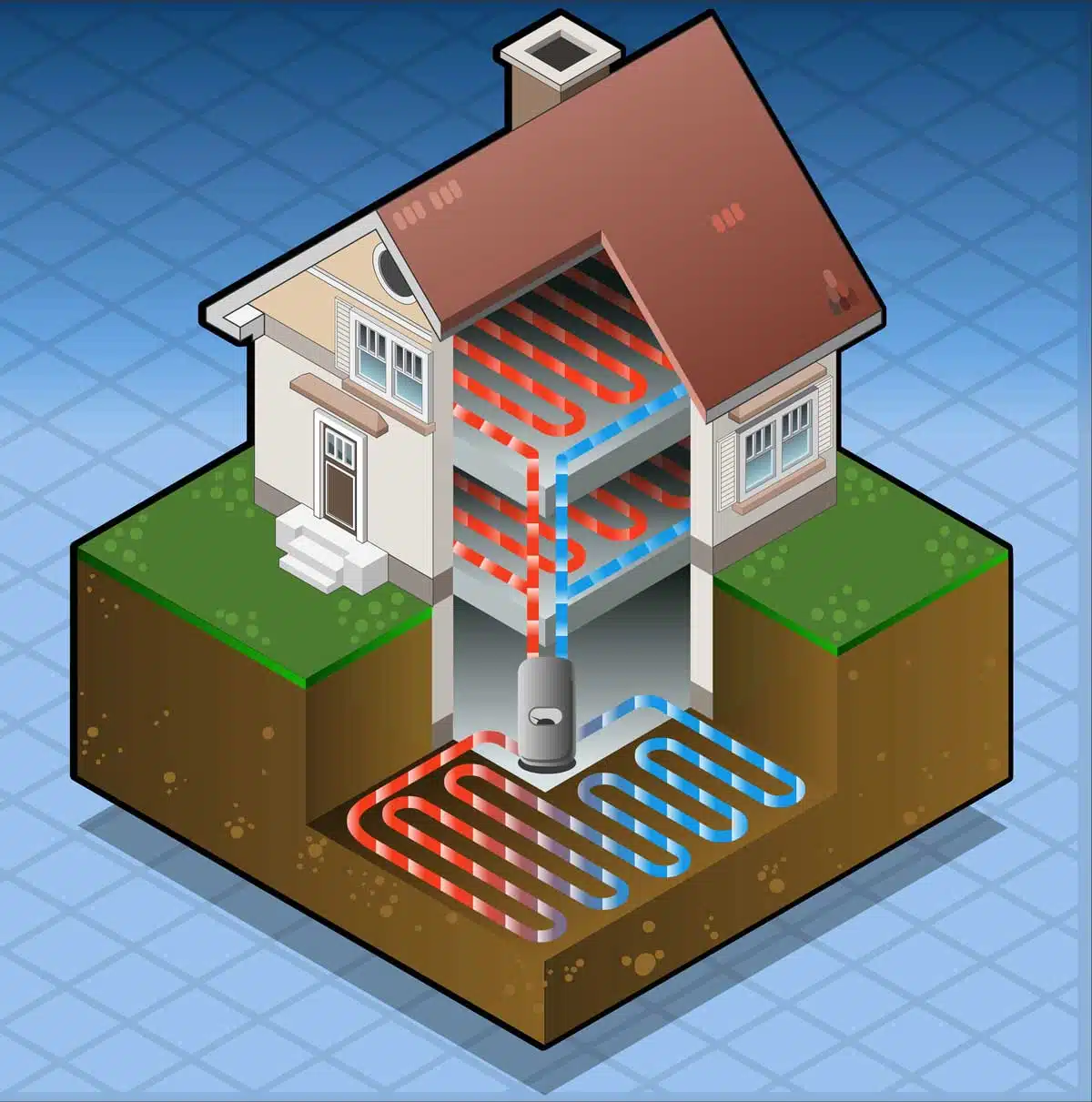
How does a Geothermal System Work in the Summer?
A geothermal system is more than just a heating system. It will also help to cool your home in the summer. In winter an environmentally friendly anti-freeze absorbs the heat in the ground and sends it into your home. In summer it works in a similar but opposite way. The heat in your home is absorbed and is sent to the heat pump. It then goes from the heat pump into the loop and is dispersed in the ground where the heat is absorbed, causing a geothermal heat sink.
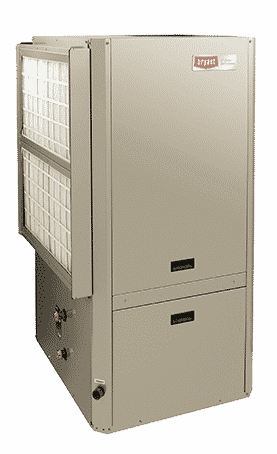
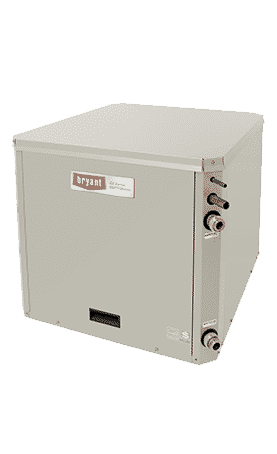
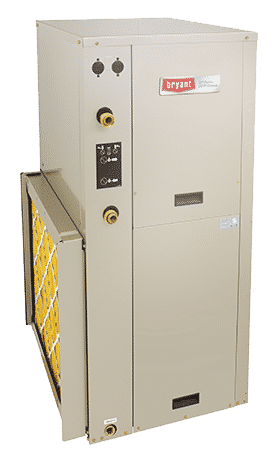
TEM Services and Geothermal
At TEM Services, Inc we install, maintain, and repair your geothermal system. We are able to do the general maintenance, as well as 24/7 emergency services.
TEM Services wants to help you help you save on energy costs as you heat and cool your home.
- The geothermal cost comparison from a traditional unit is higher but it saves you in the long run with the long life of the unit.
- The rules of thumb that we use to determine which system to use are location, lot size and budget to see if geothermal saves you energy money and meets your needs.
- TEM Services provides a Financial Analysis of life cycle scenarios based on home, climate, local fuel costs.
Geothermal is Renewable, Efficient Energy that cuts home comfort costs. Gas may be cheap now but it will change in the future - get your geothermal system today and be ahead of the next energy price increase.
Contact Us
"*" indicates required fields

